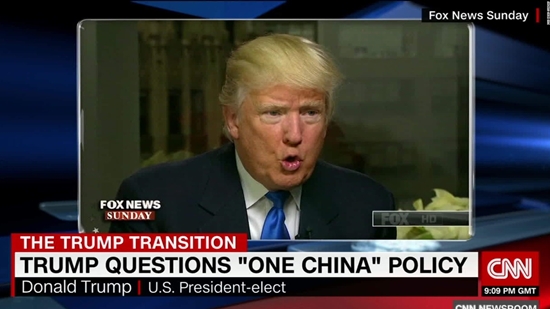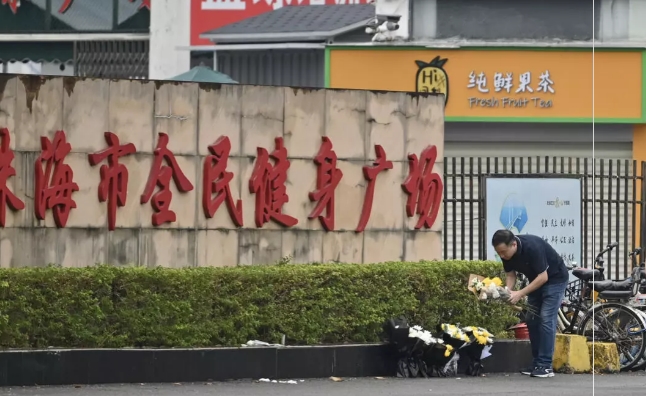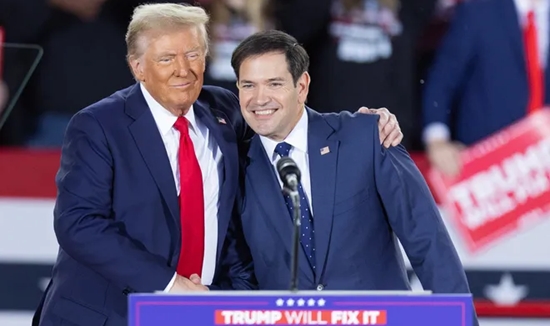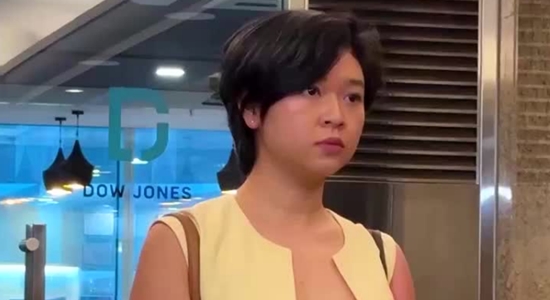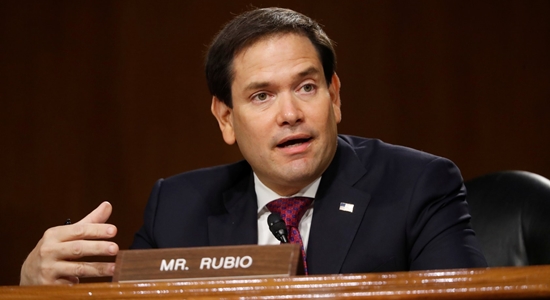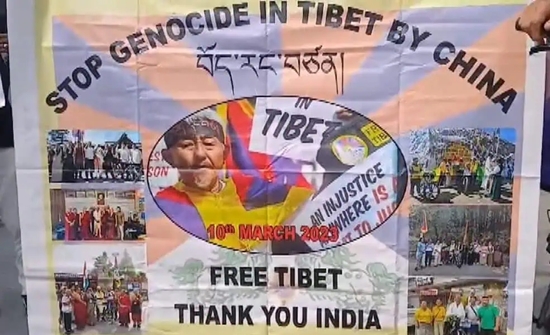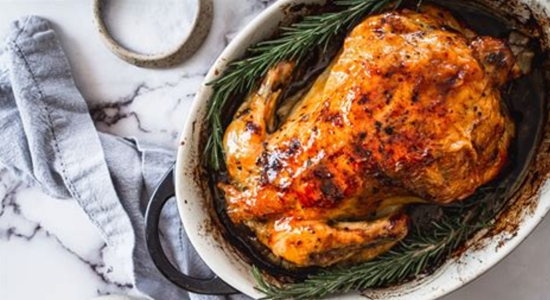
Let’s go to Beijing and have a nice dinner of salad, roasted chicken, and wine.
The wine is labeled Penfolds and has an anti-counterfeit sticker on it, but it is counterfeit. It did not come from Australia. The chicken is seasoned with gourmet salt, but it’s actually industrial salt, not legal for human consumption. The chicken has been treated with prohibited antibiotics—not with antibiotics in general but with antibiotics specifically prohibited by law. Then there is the salad, sprinkled with extra-virgin olive oil that is not extra- virgin.
If the dinner makes us sick, we have recourse to medicine where fake pharmaceuticals await. “Counterfeit pills are fake medications that have different ingredients than the actual medication,” the DEA explains. “They may contain no active ingredient, the wrong active ingredient, or have the right ingredient but in an incorrect quantity.”
A big problem
This is not the way to make China healthy again. Fake food, fake seasoning, fake medicine…all this fakery is just one face of a phenomenon.
The dimensions of the problem are large.
One consultancy says that counterfeiting “has grown from a 30 billion USD trade problem in the 1980s to a market worth 600 billion USD in 2021, accounting for 2.1% of all trade worldwide. 80% of the world’s counterfeits originate from China.” That was three years ago.
A U.S. report notes: “Counterfeit and pirated goods from China, together with transshipped goods from China to Hong Kong, accounted for 75% of the value of counterfeit and pirated goods seized by US Customs and Border Protection in 2021.”
What are these counterfeit goods?
Designer handbags. According to a 2020 report, “Shanghai police in August arrested 62 criminal gangs for manufacturing and selling counterfeit Vuitton bags, seizing more than 30 sets of counterfeiting equipment, 2,000 counterfeit bags and 100,000-plus pieces of various raw materials worth more than 100 million renminbi, or $14.6 million.”
Brand-name consumer technology. In 2024, “Five Chinese nationals were arraigned May 31 after their arrest by Homeland Security Investigations Los Angeles and the U.S. Secret Service on federal charges alleging they operated a large-scale, trans-Pacific counterfeit device scheme that included fraudulent returns of thousands of iPhones, iPads and other Apple goods.”
The fabricated devices bore identification numbers matching those of genuine Apple products, enabling the scammers to return them to Apple in exchange for genuine devices that they eventually resold.
Pharmaceuticals. In 2021, the China Project reported on the arrest of black-market entrepreneurs “for a multimillion-dollar COVID-19 vaccine scam, passing saline water for the in-demand shot. Before getting caught, the counterfeiters had scored $2.78 million in earnings and managed to manufacture more than 58,000 fake doses.”
Enterprise network equipment. This year, the Department of Justice announced that a Florida resident “was sentenced to 78 months for running a counterfeit scam that generated $100 million in revenue from fake networking gear and put the US military’s security at risk.” His counterfeit CISCO gear was sold through Amazon and other sites.
Beijing is rejecting blame: “We urge the US side to stop politicizing economic and trade issues.” A few years ago, when the US listed several Chinese e-commerce sites on its counterfeit markets list, Beijing responded by called the listing “irresponsible.”
But, really, how much communist opposition is there to counterfeiting when the famous Silk Street Market in Beijing turns out to be “an actual building of fakes, each floor with specific products, from shoes to clothing, to electronics and toys, to perfume to accessories for the home. A shopping mall from which it is impossible to leave without making at least one purchase among the thousands of articles offered.”
The fakes economy
Closer to home, we have our “influencers.”
Wired tells us that a wave of social media influencers is “earning money by promoting illegal knockoffs imported from China on Facebook, TikTok, Discord, and Reddit…. They serve as the public face of an elaborate new counterfeiting economy that is proving difficult for tech platforms to combat and makes the dealers of Manhattan’s Canal Street look downright primitive.”
Since “Purchasing counterfeit goods is illegal and transporting those goods into the U.S. may result in civil or criminal penalties,” the U.S. government has what it needs to crack down on influencers. But it has yet to do so.
Some effective relief is coming from litigation. A year ago, we learned that American law firms, “particularly a handful based in Chicago, have been putting together mass intellectual-property cases [to sue] hundreds of sellers on Amazon or other platforms at the same time for selling counterfeit goods. It’s a new form of lawsuit—so new that it doesn’t have an official name yet.”
Note that “Travis Stockman, a New York–based attorney who has represented e-commerce sellers in these cases, says about 70%” of his defense clients are based in China, fewer than 10% in the United States.
If the lawyers succeed in cleaning up the American market, that’s less than even half the problem. Most of the problem is in China. □
James Roth works for a major defense contractor in Virginia.
